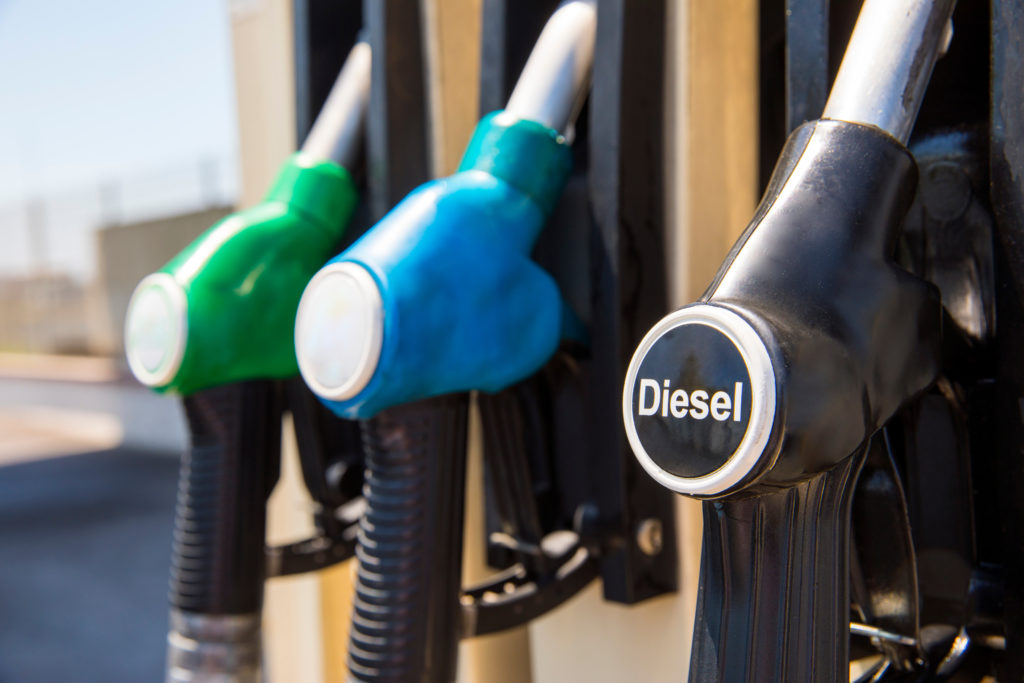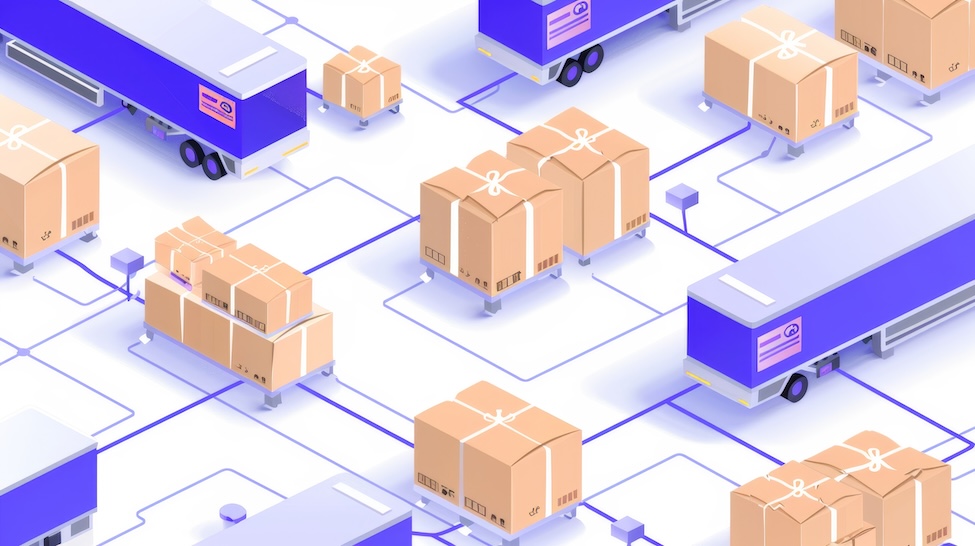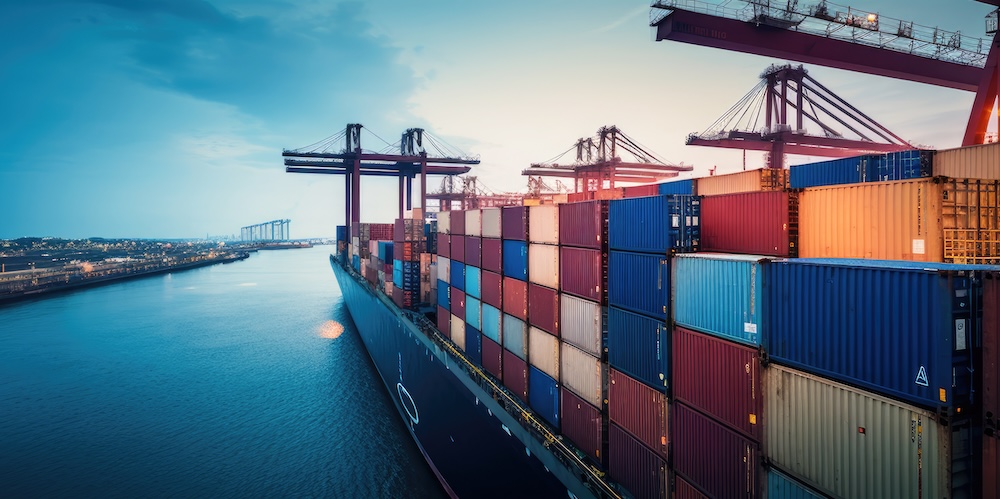Diesel Fuel Cost and Forecast for 2023

Powered by Diesel
Diesel fuel truly makes the world go round. From heating homes to powering trucks, trains, buses, and ships, diesel does it all. With diesel costs high and winter just beginning, many people are wondering if they will have enough fuel to heat their homes and run their businesses.
Fuel Prices in Flux
Prices are certainly higher than they were one year ago. According to AAA, as of December 5, 2022, the national average for diesel was $5.077/gallon. That’s significantly higher than one year ago, when average prices per gallon were $3.622.
However, this week’s prices reflect a downward trend, with prices slowly decreasing from a month ago when the average price was $5.325/gallon. Prices continue to fall from the summer high, when the highest diesel prices clocked in at $5.816/gallon.
Some people worry that high prices will precede a diesel shortage.
Predictions for 2023
The good news is that the future looks promising. The U.S. Energy Information Administration predicted lower diesel costs in 2023. In a study published November 8, the EIA forecasted an end-of-the year cost of $5.09 per gallon. The EIA predicted an even lower average for 2023, $4.65/gallon.
Tips from a Major Supplier: Plan Ahead
While fuel prices are in flux, major U.S. diesel supplier Mansfield Energy does not believe a major shortage will occur, noting that “the fuel supply chain is dynamic, and suppliers will rally to fill in any gaps in supply.” That being said, Mansfield offered suggestions on how commercial suppliers can cope with higher diesel costs.
- Don’t panic-Remember, bulk supplies should be available in most areas. Avoid panic buying, especially if you don’t have the space to properly store the fuel.
- Understand your fuel company’s supply capabilities. That way, if one channel runs dry, you’ll know where to source additional resources.
- Have emergency fuel cards ready for your trucks in case of a crisis. These are a great stop gap measure that can provide access to fuel in a trackable way. If you do decide to go this route, make sure to instruct your drivers about when to price shop. Driving around looking for the cheapest price might cost you more money (and fuel) long term.
One of Many Challenges
While it looks like diesel is available and prices are trending down, any price that’s higher than usual can have a negative impact on your bottom line. Higher diesel prices mean higher shipping costs all around. Compounded with other issues-like driver shortages, port congestion, and inflation-and it seems like high diesel prices could be the straw that breaks the camel’s back.
Sensible Ways to Save on Diesel
You can’t control fuel prices. But, you can be smart about how you use your fuel. For example, you can work on limiting your wait time for truck transport. And, you can make sure that you find the most expedient routes for long and short haul routes. Simply put, the less time that your trucks are running, the less money that you’ll spend on fuel.
AmerTrans Logistics: Practical Solutions
At AmerTrans Logistics, we understand the challenges that you face in maintaining your supply chain. We understand because we have lived through it all. We’ve been in business for over thirty years. In that time, we’ve helped our clients through recessions, driver shortages, fuel increases, and even a global pandemic.
Expedient, Agile Service
We provide practical transportation solutions to keep your fuel costs as low as possible. First, we will help you determine how many shipments-and how many truckloads-you need. Then, we’ll establish the most efficient short or long haul route for your shipment. With our advising, you’ll get the right size truck for your shipment, and we’ll plan out the quickest way for you to get there.
In addition, we’ll create a customized plan outlining which key performance indicators (KPIs) to use to track the efficiency of your shipment. Then, we’ll measure your KPIs against our own benchmarks, or quality standards, to measure success and to troubleshoot any issues.
For example, one KPI that we might suggest measuring is transportation time. Together, we’ll evaluate how long your journey takes, and how what steps we can take to help you become more efficient. With our expertise, you’ll be able to stay on schedule (and on budget).
Fuel Shortages: Business as Usual
Talk of a fuel shortage is just the latest in a series of challenges that we’ve been surviving this year. With some planning and with the right logistics partner, you have nothing to fear heading into 2023.
Related Articles
General
Inbound Logistics Explained: Processes, Benefits & Best Practices

Efficiency is the cornerstone of business success in today’s competitive environment. Inbound logistics, a critical component of supply chain management, plays a pivotal role in determining a company’s operational effectiveness and overall performance. Inbound logistics encompasses the processes involved in receiving, storing, and distributing raw materials, components, or finished goods from suppliers to production facilities […]
Read MoreGeneral
Freight Shipping vs. Standard Shipping: Understanding the Difference

Freight shipping stands as a cornerstone of modern logistics, propelling the global economy forward through the efficient movement of goods. This essential component of commerce encompasses the transportation of large quantities of products, distinguishing itself from standard shipping methods in scale, complexity, and significance. Understanding freight shipping is essential for business owners aiming to optimize […]
Read More
